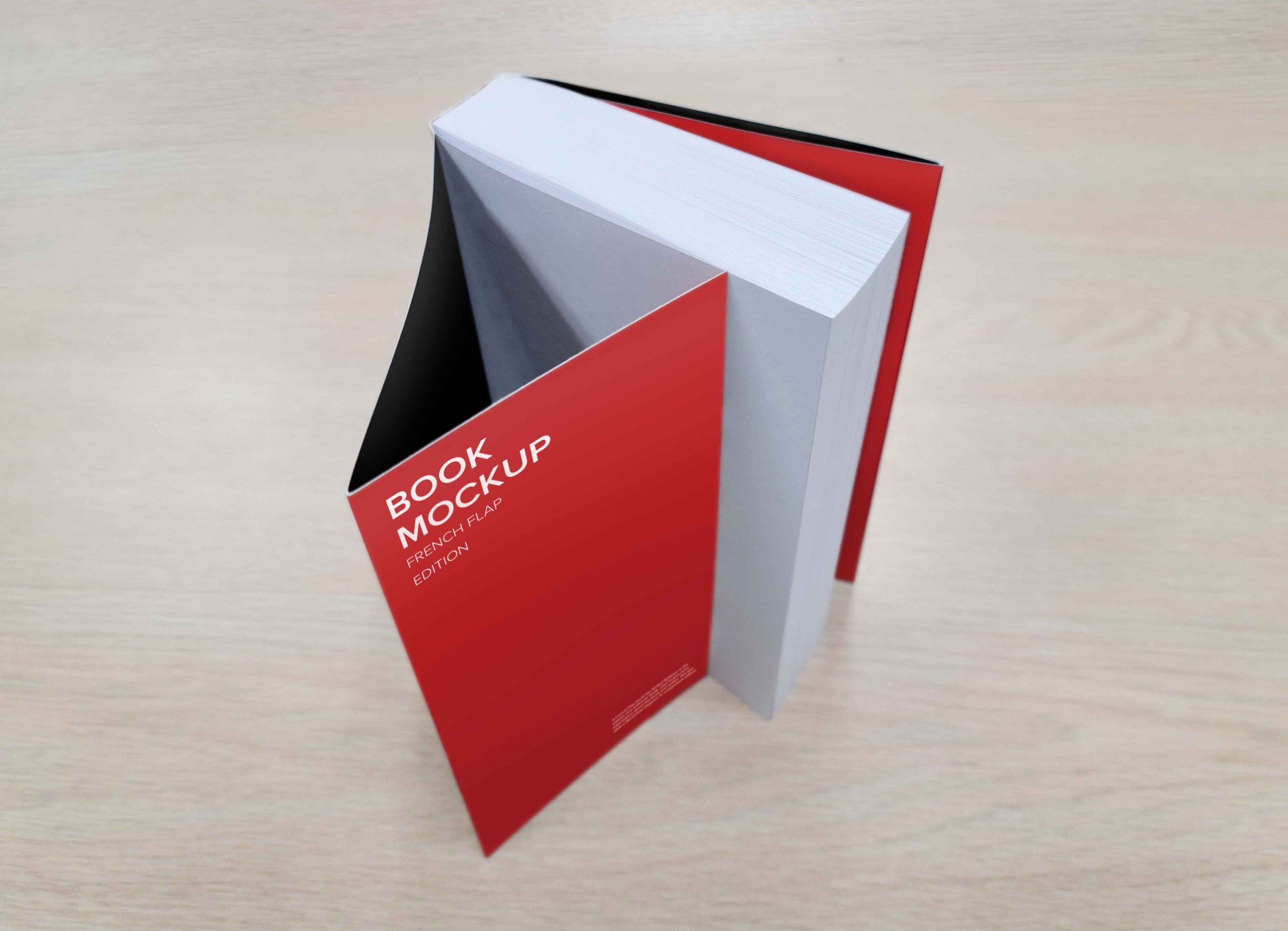
Cover Diagrams:
French Flap Diagram
Coil bound books are held together by a spiral of metal or plastic that is inserted through holes punched along the spine of the book. This method is commonly used for notebooks, as it allows the book to lie flat when opened and the pages to be easily turned.
Sign in or create an account now to download an interactive PDF version of this Standard French Flap diagram.
Sign in or create an account now to download an interactive PDF version of this Custom French Flap diagram.
Overview & Layout
1-2-3 Cover Setup (Using InDesign)
Create a new document in Indesign. As you see above.
This French flap softcover setup example is based on a 6" x 9" cover with 240 pages of 60# white offset paper. Spine depth was calculated by the French flap softcover diagram.
A The overall width (not including bleed) of your book including the spine. In this example, 3.5" + 6.0" + .575" + 6.0" + 3.5" = 19.575".
B This is usually just “1”, but if you want an inside printed cover, make that value “2”and click here for additional guidance.
C Changing value to two columns effectively sets up your front and back cover area.
D Column gutter is the same as the spine width as determined by the French flap softcover diagram.
E The top and bottom margins will designate the vertical live area of your dust jacket. Keep all critical type, logos, graphics, barcode etc. inside this area. While .25" is pretty standard, you could push it to .125" if you want a bit more area. Set left and right margins to 3.5". This will create the your flap edge guides. If needed, click on chain icon at right to change to the “broken link” to input independent values.
F Standard bleed is .125". If your French flap has a background color or image you want to extend to the very edge of your book, you must extend past the trim line to the bleed. Slight paper shifting is common in printers, so this ensures full coverage even if there is shifting.
Here is an example of best practices when designing a cover for your book.
Sign in or create an account now to download an interactive PDF version of this Standard French Flap diagram.
Sign in or create an account now to download an interactive PDF version of this Custom French Flap diagram.
